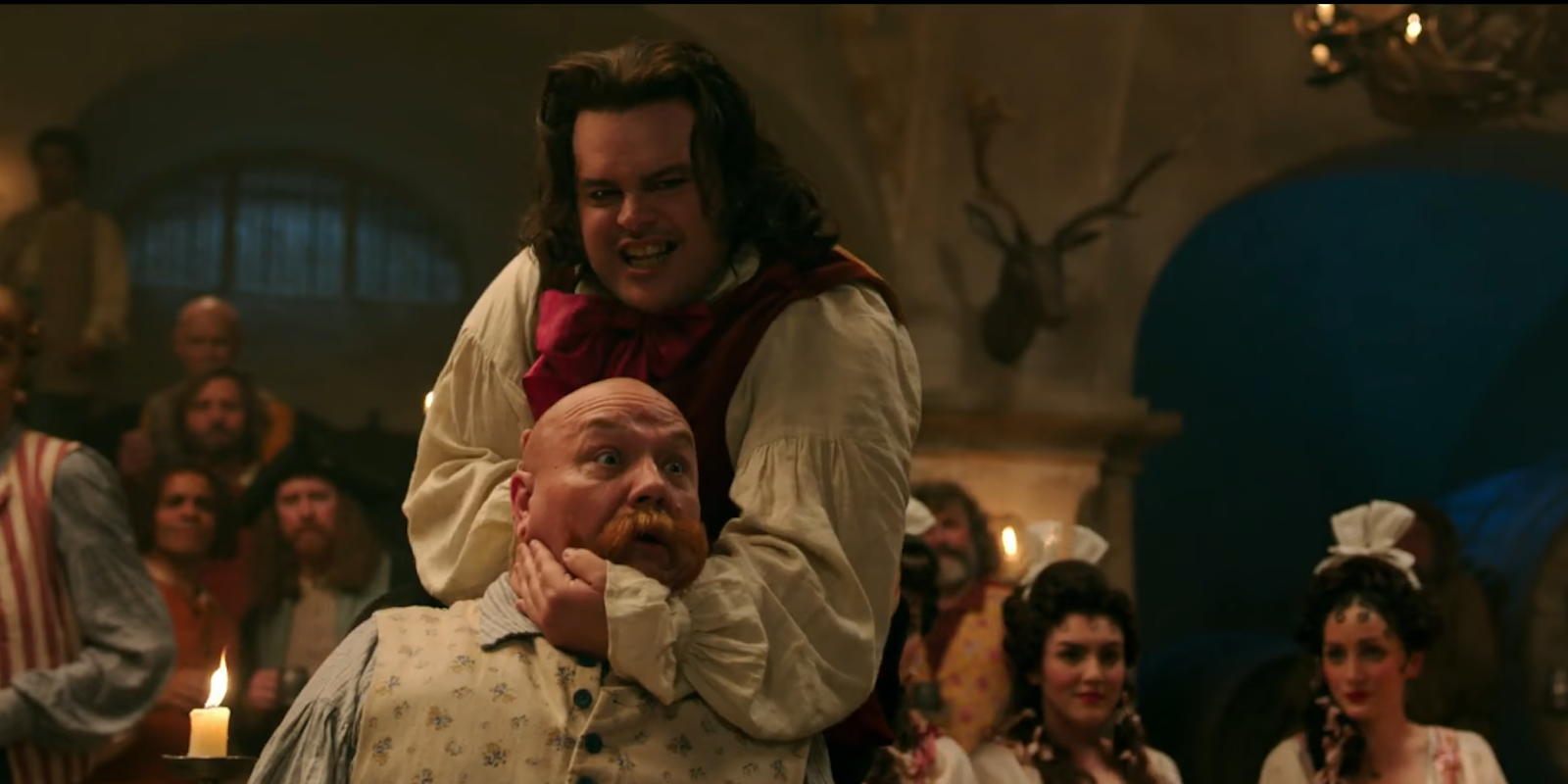When director Bill Condon revealed that Beauty and the Beast includes a gay character, he was praised for making a progressive update to the classic Disney story. Within hours, this mildly heartwarming news turned into a PR fiasco.
Beauty and the Beast‘s gay character, LeFou, quickly drew criticism from LGBT commentators. Rather than having a positive or heroic role, he’s a pathetic sidekick who harbors a one-sided crush on the villain Gaston.
As it turns out, LeFou’s sexuality plays a very minor role in the movie. But that didn’t stop him from making headlines, culminating in the film almost being banned in Russia. Here’s a timeline for this increasingly ludicrous controversy:
March 1
Bill Condon tells Attitude about Beauty and the Beast‘s “short but explicitly gay scene,” describing Disney as “brave” for agreeing to this “watershed moment” in “representing same-sex attraction.” This becomes headline news, because everyone loves Disney princess movies. Then, critics begin to point out that LeFou may actually be a homophobic stereotype.
March 2
At the film’s premiere, LeFou actor Josh Gad says, “There was nothing in the script that said ‘LeFou is gay.’” Bill Condon adds, “I think [LeFou’s sexuality] has been a little overstated.” They both call attention to LeFou’s overall character development, adding depth to his slapstick role in the original.
March 3
Beauty and the Beast reviews come out. Apparently LeFou’s alleged homosexuality is so subtle that it’s basically invisible. After an exhaustive analysis, Vulture concludes that the “exclusively gay moment” is a two-second shot where LeFou dances with a man during a crowd scene.
March 5
A Russian politician asks the minister of culture to ban Beauty and the Beast for promoting “gay propaganda.”
March 6
Josh Gad does damage control in an interview with People, describing LeFou’s gay scene as “subtle but incredibly effective,” and emphasizing the film’s general “inclusiveness.” The poor guy did not sign up for this. He just wanted that sweet Disney money, and now he’s at the epicenter of an international LGBT rights controversy.
Also March 6
Russia decides not to ban Beauty and the Beast. Instead, the film will be restricted to viewers aged 16 or over, effectively eliminating Disney’s target audience of families with kids. Beauty and the Beast is officially an adult-rated movie in Russia, thanks to a two-second scene where Josh Gad waltzes with another dude.
The end… for now
Over the past few years, filmmakers and their publicists have begun to treat diverse representation as a marketable talking point. Star Trek Beyond was praised for giving Sulu a husband, and the 2017 Oscar season was dominated by the contrast between Moonlight and La La Land. At the less positive end of the scale, Marvel‘s Iron Fist faced months of criticism for casting a white lead, with actor Finn Jones briefly quitting Twitter over the controversy.
As the director of a Disney remake—and as a gay man in Hollywood—Bill Condon was probably keen to make his mark on a conservative franchise. Unfortunately for him, audiences expected more. By promoting LeFou as a groundbreaking character, Condon highlighted the embarrassingly weak nature of LGBT representation in Hollywood. Meanwhile, Beauty and the Beast is the same as it ever was: A love story between two straight, white people with a subtextually gay villain in the background.


